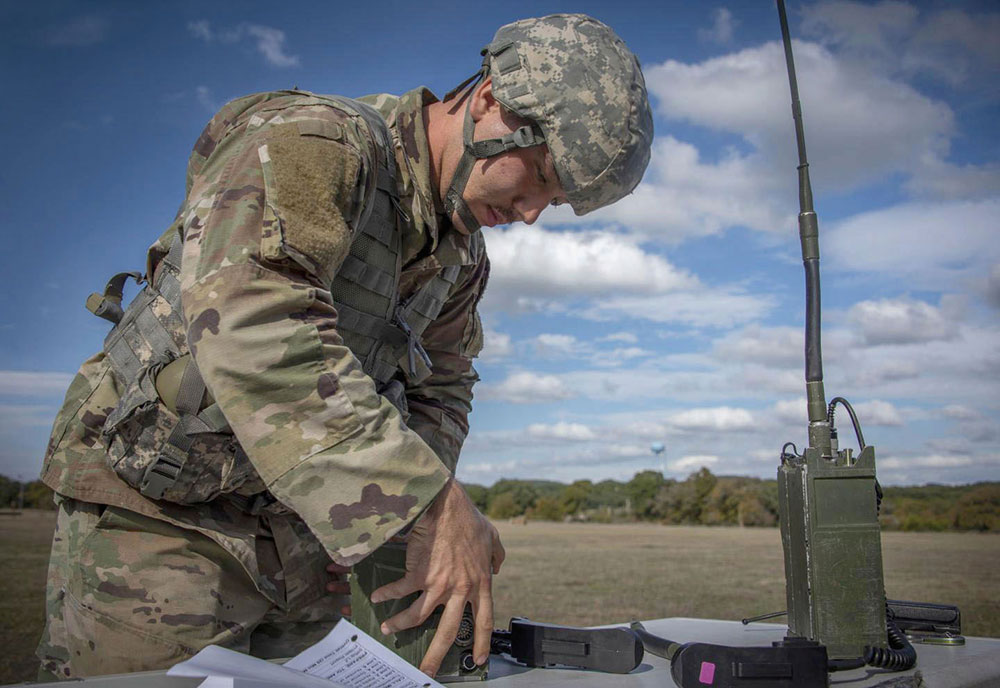 “It’s not often that a PhD student is awarded a patent before he graduates,” says Rick Blum, Lehigh’s Robert W. Wieseman Professor of Electrical and Computer Engineering.
“It’s not often that a PhD student is awarded a patent before he graduates,” says Rick Blum, Lehigh’s Robert W. Wieseman Professor of Electrical and Computer Engineering.
For Jake Perazzone ’17G ’20 PhD (pictured), the accomplishment—marking a potential breakthrough in wireless communication security—came in August 2020, exactly a day before his dissertation defense as a doctoral candidate in electrical and electronics engineering.
“Talking about my practical research at [the U.S. Army Combat Capabilities Development Command Army Research Laboratory] and my experience going through the patent process helped me defend my PhD case,” he says. “I could show that I turned theory into practice.”
Blum connected Perazzone with the ARL lab in 2015, recommending him for an internship at the facility before he entered Lehigh. He interned there each year during his PhD studies, often supported by the Army Research Office.
During his graduate studies, working with Blum and Army researchers Paul Yu and Brian Sadler, Perazzone proposed a streamlined model for digital security.
|
"Estimating a potential eavesdropper’s methods of detection is a particularly challenging aspect of wireless security research," says Jake Perazzone ’17G ’20 PhD. |
A secure wireless communication traditionally requires authentication (a guarantee of the transmitter’s identity), covertness (a guarantee that the message remains unknown to outside parties) and secrecy (a guarantee that no third-party eavesdropper could decode the message). Typically, these are handled separately through methods such as encryption.
Perazzone and his team have learned to combine these aspects of security. Through minor perturbations in a transmission’s physical waveform, a transmitter and a sender can ensure that a given transmission is both legitimate and private. A set of “signal keys”—distinct disturbances previously agreed upon between the transmitter and the receiver—determines if the message is secure. The result is a streamlined system that’s faster and less susceptible to eavesdropping.
Their novel process can provide security by itself, or be added to existing methods of security, according to Perazzone and Blum. It has potential applications in both military and civilian wireless communication technology—from the most high-stakes of field transmissions to the mere remote preheating of a smart oven.
Today, with a patent under his belt, Perazzone continues to thrive at ARL. As an electronics engineer, he’s helping develop cutting-edge technology, while continuing to study authentication, as well as the role of machine learning in detecting cyberattacks and deceiving adversaries.

